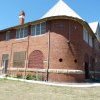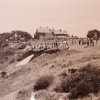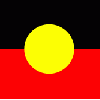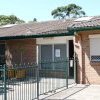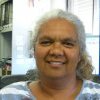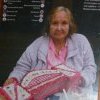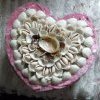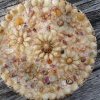1970s
1970
1972
It is Australia Day and Prime Minister William McMahon announces a new Aboriginal policy, against the advice of the Council for Aboriginal Affairs. The Aboriginal Tent Embassy is erected on the lawns in front of Parliament House – to become known as the Aboriginal Tent Embassy - The Aboriginal black, red and yellow flag designed by Luritja artist Harold Thomas becomes a national symbol.











